How to Drive an Excavator
Method 1 of 4:
Starting the Machine
-
 Determine if the machine is in an ISO or SAE control pattern. These are the two standard control patterns for excavators. The difference between the two is that in ISO, the left hand controls the swing and boom and the right hand controls the stick and bucket motions. SAE reverses this pattern, so if you've been trained on one, switching to the other is difficult. Most newer excavators have a display in the cab that tells you which control pattern the machine is in. Confirm the pattern before you start using the machine.[2]
Determine if the machine is in an ISO or SAE control pattern. These are the two standard control patterns for excavators. The difference between the two is that in ISO, the left hand controls the swing and boom and the right hand controls the stick and bucket motions. SAE reverses this pattern, so if you've been trained on one, switching to the other is difficult. Most newer excavators have a display in the cab that tells you which control pattern the machine is in. Confirm the pattern before you start using the machine.[2]- Change the control pattern if it isn't in the setting you want. Some excavators have a button or switch in the cab that makes this change. Look on the display screen for a button to switch the control pattern.
- On other excavators, the control pattern lever is in the back near the engine. Open the back section and look for a blue or red lever. It should have a mark for each pattern setting. Slide the lever from one setting to the other to switch the pattern.
- Always consult your owner's manual before changing the control pattern so you follow the right procedure.
- If you're just learning how to drive an excavator, learn in ISO pattern. This is more common in excavators.[3]
-
 Climb into the cab and adjust your seat position. Excavator seats slide back and forth when you pull a lever under the seat to accommodate people of different heights. Check the seat position when you sit down. Make sure your feet can reach the pedals in the front and you can grab all of the handles comfortably. Pull the lever and adjust your seat if you have to. Then fasten your seatbelt for safety.[4]
Climb into the cab and adjust your seat position. Excavator seats slide back and forth when you pull a lever under the seat to accommodate people of different heights. Check the seat position when you sit down. Make sure your feet can reach the pedals in the front and you can grab all of the handles comfortably. Pull the lever and adjust your seat if you have to. Then fasten your seatbelt for safety.[4]- If you won't be running the excavator with the door open, then also shut the door. Most excavators have a handle that locks the door, so secure this before starting the machine.
- Most operators run their machines with the door closed to keep debris out. Sometimes operators keep the door open to communicate with other workers.
-
 Turn the key and let the machine idle to warm up. Climb into the cab and look to your right. There is a key and a knob with different positions near the right armrest. Make sure that knob is set to 'I' for Idle. Then turn the key to start up the engine.[5]
Turn the key and let the machine idle to warm up. Climb into the cab and look to your right. There is a key and a knob with different positions near the right armrest. Make sure that knob is set to 'I' for Idle. Then turn the key to start up the engine.[5]- Let the machine run in idle for 5-10 minutes before operating it to warm up.
- If the weather is cold, run the hydraulic controls through a few cycles before doing any digging.
Method 2 of 4:
Moving the Boom and Cab
-
 Unlock your controls by raising the red lever on your left. All excavators have a locking lever on the left side of the cab attached to the armrest. It's usually red. When the lever is down, the joystick controls are locked. Push the lever up until it clicks. This unlocks the controls so you can move the arm and cab.[6]
Unlock your controls by raising the red lever on your left. All excavators have a locking lever on the left side of the cab attached to the armrest. It's usually red. When the lever is down, the joystick controls are locked. Push the lever up until it clicks. This unlocks the controls so you can move the arm and cab.[6]- Never unlock your controls before checking around you to make sure no people or objects are nearby.
- If someone approaches the cab or you get close to an object you don't want to damage, flip the lever back down until your cab is clear again.
-
 Move the right joystick back and forth to raise and lower the boom. The boom is the section of the digging arm closest to the cab. In ISO control, the right joystick controls the boom height. Find this joystick in front of the right armrest. Pushing forward raises it and pulling backward lowers it.[7]
Move the right joystick back and forth to raise and lower the boom. The boom is the section of the digging arm closest to the cab. In ISO control, the right joystick controls the boom height. Find this joystick in front of the right armrest. Pushing forward raises it and pulling backward lowers it.[7]- Instructions are given in ISO because this is a more common excavator setting. For SAE, reverse the controls to the opposite side.
-
 Open and close the bucket by moving the right joystick right and left. The bucket is at the end of the digging arm. The right joystick also controls the bucket position. Push the joystick right to open up the bucket. Push it left to close the bucket.[8]
Open and close the bucket by moving the right joystick right and left. The bucket is at the end of the digging arm. The right joystick also controls the bucket position. Push the joystick right to open up the bucket. Push it left to close the bucket.[8] -
 Press the left joystick forward and back to move the stick forward and backward. The left joystick is located in front of the left armrest and controls the stick and swing for the excavator. The stick is the bottom portion of the arm attached to the boom, and looks like it's a shin attached to a knee. Press the left joystick forward to push the stick further from the cab. Pull the joystick backward to bring the stick closer to the cab.[9]
Press the left joystick forward and back to move the stick forward and backward. The left joystick is located in front of the left armrest and controls the stick and swing for the excavator. The stick is the bottom portion of the arm attached to the boom, and looks like it's a shin attached to a knee. Press the left joystick forward to push the stick further from the cab. Pull the joystick backward to bring the stick closer to the cab.[9]- Use smooth motions when operating the stick and boom. These use hydraulic systems, so the machines will move as fast as you pull the joysticks.
- Don't suddenly let go of the joysticks or the machine will rock quickly.
-
 Rotate the cab around by moving the left joystick left and right. Finally, you can rotate the cab with the excavator's swing control. Pushing the left joystick swings the cab in the direction you're pressing.[10]
Rotate the cab around by moving the left joystick left and right. Finally, you can rotate the cab with the excavator's swing control. Pushing the left joystick swings the cab in the direction you're pressing.[10]- The cab moves freely and can complete a 360-degree turn. If you hold the joystick in one direction, the cab will keep spinning.
Method 3 of 4:
Driving the Excavator
-
 Decide if you want to drive the machine with your hands or feet. Excavators have 2 pedals with handles attached to them in front of the cab. The handles extend up so they're straight in front of you. These pedals can be operated by either stepping on them with your feet or grabbing the handles with your hands. Both work the same way, so it's a matter of preference for which you choose.[11]
Decide if you want to drive the machine with your hands or feet. Excavators have 2 pedals with handles attached to them in front of the cab. The handles extend up so they're straight in front of you. These pedals can be operated by either stepping on them with your feet or grabbing the handles with your hands. Both work the same way, so it's a matter of preference for which you choose.[11]- If you're a beginner, driving with your hands may be easier.
- Most expert operators prefer using their feet to drive.
-
 Push both pedals up to move forward. Excavator driving controls are simple. To move forward, press both pedals forward at the same time. You can do this with your hands or feet. The amount of pressure you apply determines how fast the excavator moves.[12]
Push both pedals up to move forward. Excavator driving controls are simple. To move forward, press both pedals forward at the same time. You can do this with your hands or feet. The amount of pressure you apply determines how fast the excavator moves.[12]- If you're using your feet, rest them on the top of the pedals and push down there.
- Always make sure no one is around you before moving the excavator in any direction.
- An excavator's stop speed is around 8 mph (13 km/h), so even if you press down as hard as you can, you won't move very fast.
-
 Pull both pedals back to move backward. If you want to move backward, just do the opposite motion. Pull back on both handles at the same time to move in reverse.[13]
Pull both pedals back to move backward. If you want to move backward, just do the opposite motion. Pull back on both handles at the same time to move in reverse.[13]- If you're using your feet, press on the bottom of the foot pedals to move backward. Shift your feet down with your heels on the floor of the cab. Then press down with your toes touching the bottom of the pedals.
- Always check behind you before reversing. Some newer excavators have cameras on the back to help while you reverse.
-
 Press 1 pedal at a time to turn the excavator. The pedals each control 1 of the excavator's tracks. When you want to turn, press down the pedal on the opposite side that you want to turn. Pressing the left pedal turns the excavator right, and pressing the right pedal turns it left.[14]
Press 1 pedal at a time to turn the excavator. The pedals each control 1 of the excavator's tracks. When you want to turn, press down the pedal on the opposite side that you want to turn. Pressing the left pedal turns the excavator right, and pressing the right pedal turns it left.[14]- If you're already moving, ease off one of the pedals rather than letting go with both and pressing one again. This results in smoother driving.
- The same rules apply whether you're turning backward or forward. Press the left pedal back to move back and to the right. Press the same pedal forward to move forward and to the right.
Method 4 of 4:
Digging with the Excavator
-
 Adjust the cab so it's perfectly square over the tracks. This position is the most stable and balanced for an excavator. Use the left joystick and rotate the cab until it's square with the tracks.[15]
Adjust the cab so it's perfectly square over the tracks. This position is the most stable and balanced for an excavator. Use the left joystick and rotate the cab until it's square with the tracks.[15]- Most excavators will stay stable if you dig when they aren't perfectly centered, but while you're a beginner, always make sure the cab is square until you gain more experience.
- Once you've gotten to the desired position, remove your feet from the foot pedals so you don't accidentally move while you're digging.
- Don't try to drive and dig at the same time until you're an experienced operator.
-
 Extend the stick all the way out in front of you. Press the left joystick forward until it stops rising. This is the general starting position to prepare for a dig.[16]
Extend the stick all the way out in front of you. Press the left joystick forward until it stops rising. This is the general starting position to prepare for a dig.[16]- Experienced operators can dig with the stick in different positions. While you're still learning, however, extend the stick completely before digging.
-
 Adjust the bucket so the teeth line up with the stick. If you're digging into dirt, you need a happy medium between opening the bucket all the way and having it entirely closed. Imagine a line continuing out from the end of the stick. Adjust the bucket with the right joystick so the teeth rest on top of that imaginary line.[17]
Adjust the bucket so the teeth line up with the stick. If you're digging into dirt, you need a happy medium between opening the bucket all the way and having it entirely closed. Imagine a line continuing out from the end of the stick. Adjust the bucket with the right joystick so the teeth rest on top of that imaginary line.[17]- Don't try to dig with the bucket fully extended. This drives dirt and debris into the joints and could damage the machine over time.
-
 Lower the boom until the bucket enters the dirt. Press the right joystick backward to lower the boom. Continue lowering until the toothed-section of the bucket enters the dirt, then stop.[18]
Lower the boom until the bucket enters the dirt. Press the right joystick backward to lower the boom. Continue lowering until the toothed-section of the bucket enters the dirt, then stop.[18]- Only enter the dirt about halfway up the bucket. Any more and you won't get an effective scoop.
-
 Curl and lift the bucket to scoop the dirt. Start by pushing the right joystick left to curl the bucket. When the bucket is almost closed, the ground will start bulging up and form a hill. At this point, stop curling the bucket and lift the boom. Push the right joystick up to raise the boom up and complete the scoop.[19]
Curl and lift the bucket to scoop the dirt. Start by pushing the right joystick left to curl the bucket. When the bucket is almost closed, the ground will start bulging up and form a hill. At this point, stop curling the bucket and lift the boom. Push the right joystick up to raise the boom up and complete the scoop.[19] -
 Rotate the cab and open the bucket to drop the dirt. Once you've scooped the dirt, the last step is dumping it. Use the left joystick and rotate the cab either left or right, depending on where you want to dump the dirt. Hover the bucket over that position. Then push the right joystick to the right and open the bucket, dumping the dirt.[20]
Rotate the cab and open the bucket to drop the dirt. Once you've scooped the dirt, the last step is dumping it. Use the left joystick and rotate the cab either left or right, depending on where you want to dump the dirt. Hover the bucket over that position. Then push the right joystick to the right and open the bucket, dumping the dirt.[20]- Leave the dirt nearby in case you need to backfill the hole.
- Repeat this process as many times as you need to finish the dig.
-
 Set the cab square with the tracks before shutting the machine down. When you've completed the job, rotate the cab so it sits square with the tracks, facing forward. Disconnect your joystick controls by pushing the control lever back down. Then bring the throttle down to Idle by turning the knob by your right hand. Let the engine sit in idle for 1 minute so it cools down. Then turn the key and remove it to shut down the machine.[21]
Set the cab square with the tracks before shutting the machine down. When you've completed the job, rotate the cab so it sits square with the tracks, facing forward. Disconnect your joystick controls by pushing the control lever back down. Then bring the throttle down to Idle by turning the knob by your right hand. Let the engine sit in idle for 1 minute so it cools down. Then turn the key and remove it to shut down the machine.[21]- Watch your step when exiting the cab. Injuries from falls are common on construction sites.
3.9 ★ | 19 Vote
You should read it
- Put your phone in a bucket of rice to dehumidify someone who is in a more dangerous situation
- What about privacy and privacy issues if VR and AR are hacked?
- How to Recolor Anything on Gimp
- How to Add Custom Textures to SketchUp
- How to Drive a Tractor
- How to Install and Configure Simple Directmedia Layer (SDL)
- Summary of Mortal Kombat 11 shortcuts on computers
- Strange historical events like pranks but completely true
May be interested
- How to use flash drive on Windows 10
 a flash drive is a small, portable data storage device and can be connected to any computer or device using a usb port. this article will show you how to use the flash drive on windows 10.
a flash drive is a small, portable data storage device and can be connected to any computer or device using a usb port. this article will show you how to use the flash drive on windows 10. - How much C computer drive capacity to be reasonable?
 many people use computers but are not very interested in how to allocate memory in the drives for the most reasonable. simply because they think that hard drive capacity is not as much or as much free space as possible. however, the truth is not as simple as you think. especially c drive, it directly affects computer speed, so adjusting the c drive capacity reasonably and scientifically is something you need to know.
many people use computers but are not very interested in how to allocate memory in the drives for the most reasonable. simply because they think that hard drive capacity is not as much or as much free space as possible. however, the truth is not as simple as you think. especially c drive, it directly affects computer speed, so adjusting the c drive capacity reasonably and scientifically is something you need to know. - What is a hard drive? There are several types?
 today most types of computers are large and small need to use hard drives, this is an extremely important part for computers, it has the ability to store all personal data and they are always accessed regularly. .
today most types of computers are large and small need to use hard drives, this is an extremely important part for computers, it has the ability to store all personal data and they are always accessed regularly. . - Support tools for using documents from Google Drive
 the tools in this article will help you use the data in google drive in a convenient and effective way at work.
the tools in this article will help you use the data in google drive in a convenient and effective way at work. - Pros and cons of using an external hard drive for PS4
 the ps4 is a great game console, but its basic hard drive might not meet your requirements. small storage, slow load times, and frequent crashes can affect console.
the ps4 is a great game console, but its basic hard drive might not meet your requirements. small storage, slow load times, and frequent crashes can affect console. - Dissection of hard drive components
 a hard drive (commonly referred to as hard disk, hard drive, or hdd) is a non-volatile storage device that stores digital data encoded on hard disk (platter) disks quick rotation on the magnetic surface.
a hard drive (commonly referred to as hard disk, hard drive, or hdd) is a non-volatile storage device that stores digital data encoded on hard disk (platter) disks quick rotation on the magnetic surface. - 5 ways to check hard drive effectively to help periodically check the hard drive
 the following ways will help you check your hard drive, assess the current status of the hard drive on the computer you are using. since then, there have been early instabilities to find out timely measures to avoid hard drive failure and data loss.
the following ways will help you check your hard drive, assess the current status of the hard drive on the computer you are using. since then, there have been early instabilities to find out timely measures to avoid hard drive failure and data loss. - Know about bad sectors on your hard drive
 hard disk after a period of use will encounter some signs such as failing to boot, the computer hangs while the hard drive signal light is still on continuously ... that may be the indication that the drive your hard drive may have a bad sector error. therefore, you should regularly check the health status of your hard drive and always backup in case of data loss due to bad sectors hard drive.
hard disk after a period of use will encounter some signs such as failing to boot, the computer hangs while the hard drive signal light is still on continuously ... that may be the indication that the drive your hard drive may have a bad sector error. therefore, you should regularly check the health status of your hard drive and always backup in case of data loss due to bad sectors hard drive. - How to change drive letters
 we used magnetic drive letters before the dos operating system, and it is surprising that we are still using them now. everyone knows that c: is the main drive. but not everyone knows if you have an administrator account, you can reassign the drive letter.
we used magnetic drive letters before the dos operating system, and it is surprising that we are still using them now. everyone knows that c: is the main drive. but not everyone knows if you have an administrator account, you can reassign the drive letter. - 6 Best iCloud Drive Alternatives for iPhone/iPad
 icloud drive is apple's response to popular cloud storage services like google drive. icloud stores your photos, iphone backups, and even your messages; and icloud drive is available for you to store any documents and files you like.
icloud drive is apple's response to popular cloud storage services like google drive. icloud stores your photos, iphone backups, and even your messages; and icloud drive is available for you to store any documents and files you like.

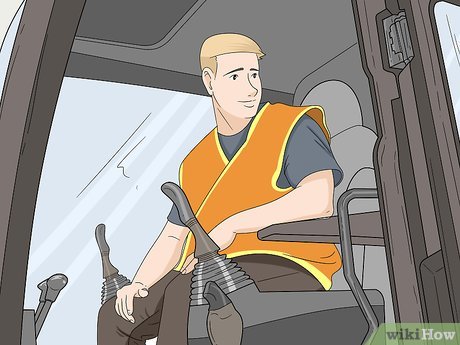
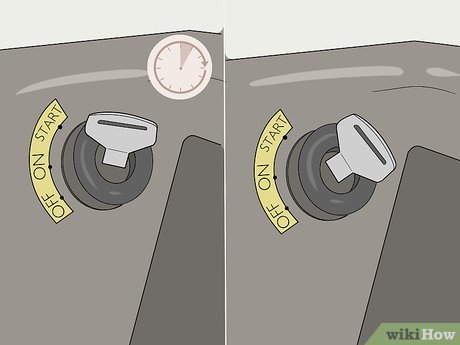
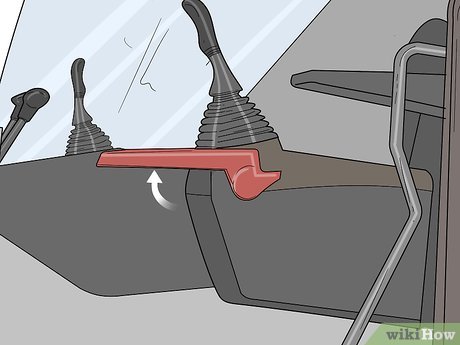
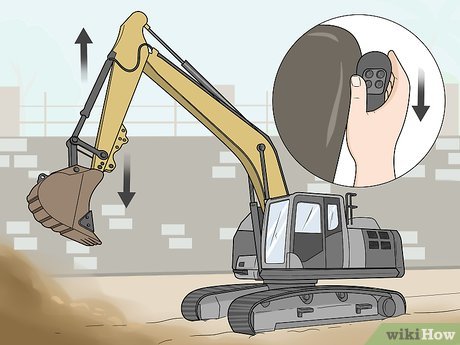
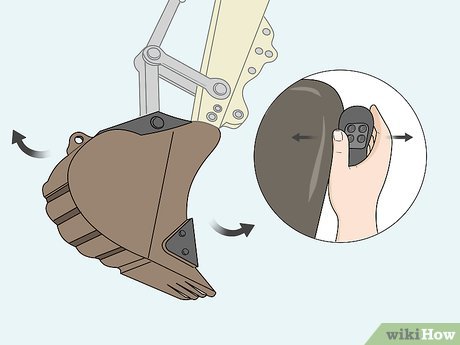
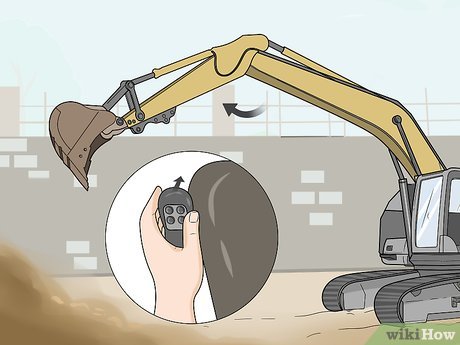
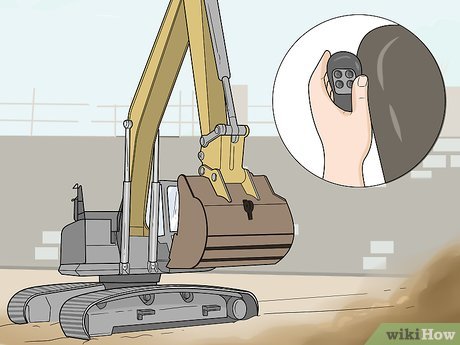
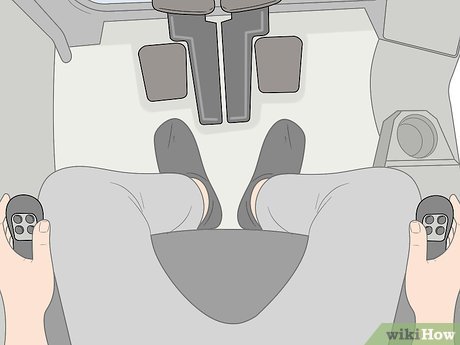
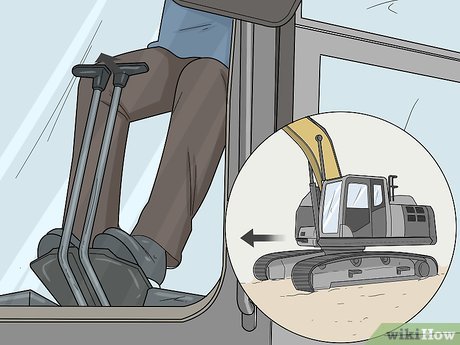
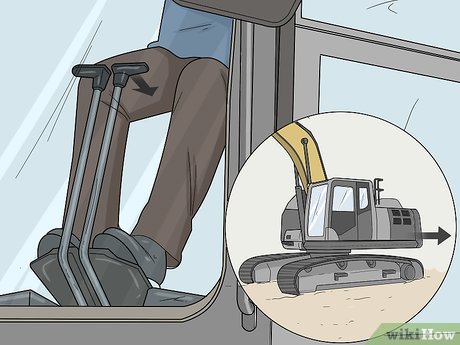
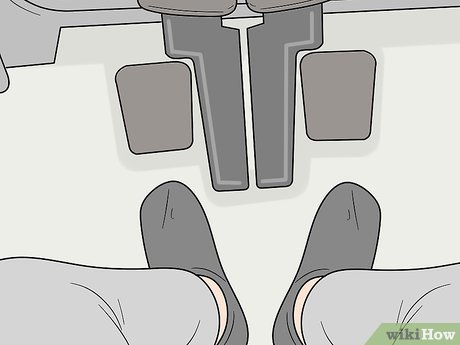
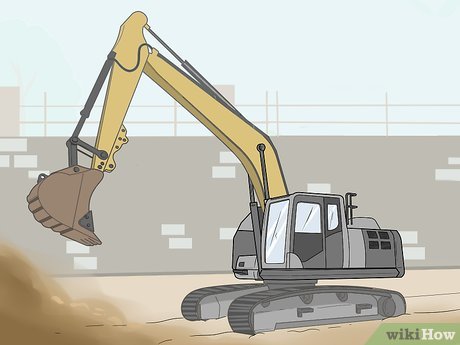
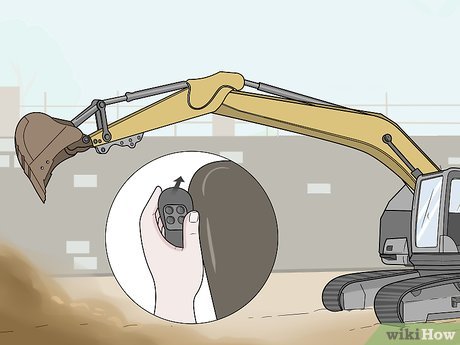
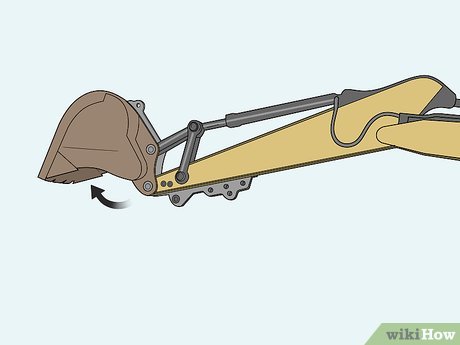
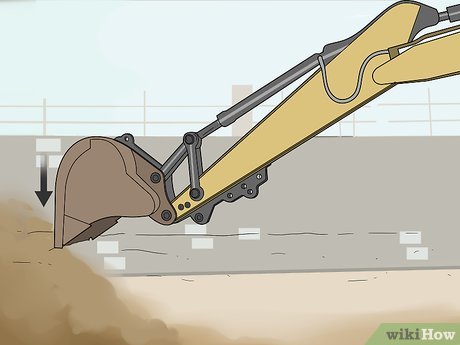
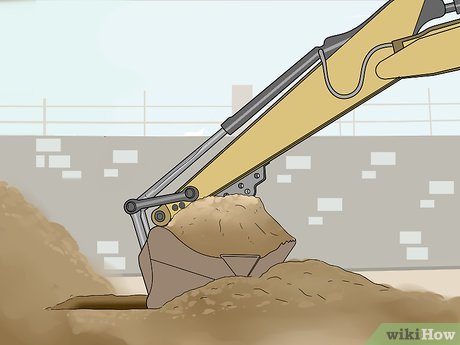
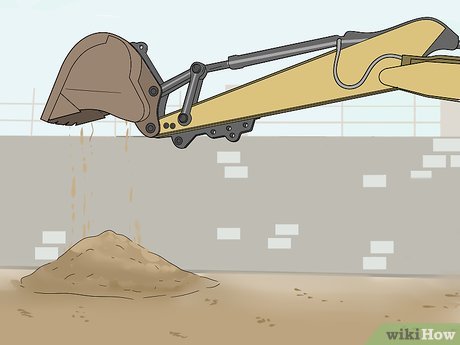
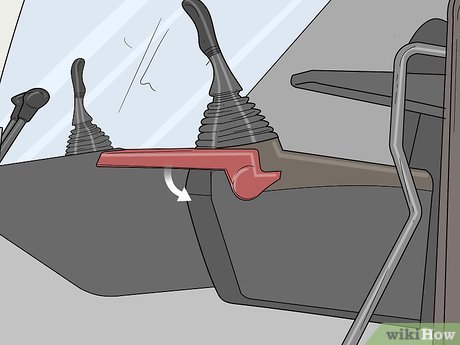










 How to Drive an SUV
How to Drive an SUV How to Use the Rear View Mirror
How to Use the Rear View Mirror How to Drive a Car Safely
How to Drive a Car Safely How to Steer Your Car
How to Steer Your Car How to Drive a Car With an Automatic Transmission
How to Drive a Car With an Automatic Transmission How to Avoid Traffic Jams
How to Avoid Traffic Jams